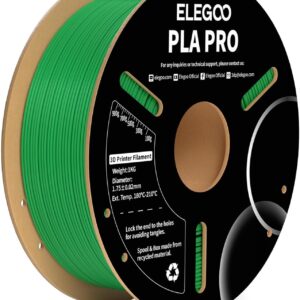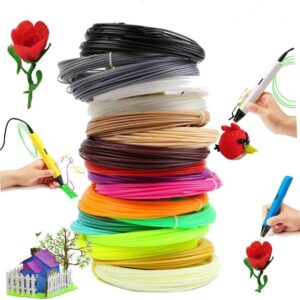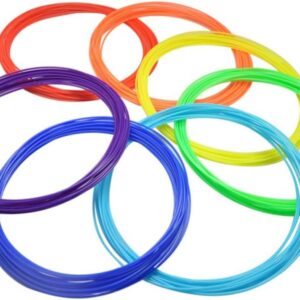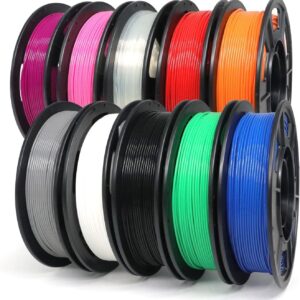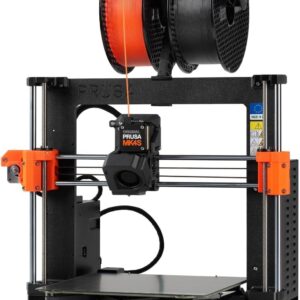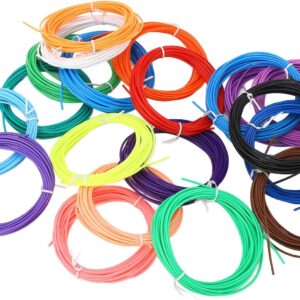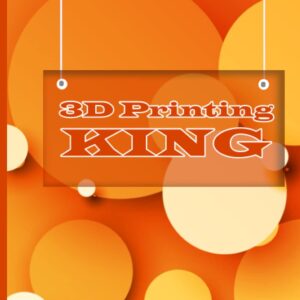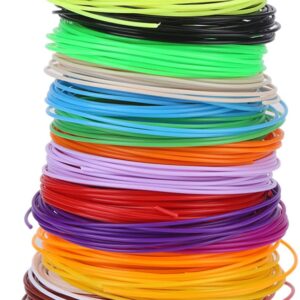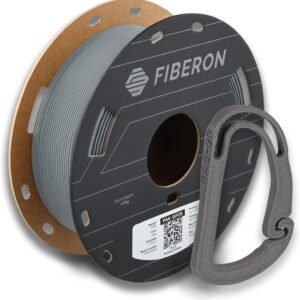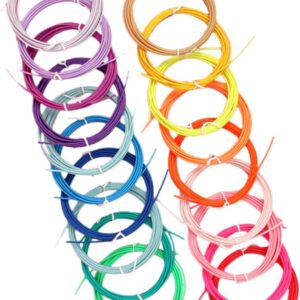Australian metal 3D printer manufacturer Titomic Limited has announced that the Royal Netherlands Army’s land force, the Koninklijke Landmacht, has ordered ten of its D523 Cold Spray 3D printers.
Nine of these systems will be delivered to the Ukrainian military to support the country’s ongoing war effort against Russia. The D523 3D printers will be deployed near the front lines to enable on-site repair and maintenance of war damage at the point of need. This will reportedly improve combat readiness and expand mission capability.
Titomics largest D523 order to date, total sales value is €772,000 (approximately AU$1.28 million). Delivery of the ten 3D printers is scheduled to begin in the coming months.
The company claims the order represents a significant milestone in its ongoing efforts to expand in the global defense sector.
“This order from the Royal Netherlands Army represents a pivotal moment for Titomic as it underlines the ability of our D523 system to provide versatile repair and maintenance solutions at scale and create a significant revenue opportunity,” commented Herbert Koeck, Managing Director of Titomic.
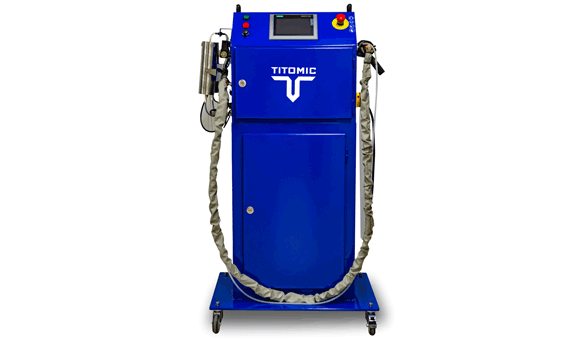 Titomics D523 Cold Spray 3D Printer. Photo via Titomic.
Titomics D523 Cold Spray 3D Printer. Photo via Titomic.
Titomic announces its largest order to date for the D523 3D printer
Titomic was founded in 2014 and is primarily focused on the development and commercialization of its proprietary Titomic Kinetic Fusion (TKF) process.
TFK is a form of cold spray 3D printing and fires metal powder at high speeds onto a substrate or metal part. After impacting the surface, the powder particles deform and combine into layers. This process can be used to create metal parts from scratch or build on top of existing parts.
With this technology, the D523 is offered as a low-pressure cold spray system optimized for on-site coating and repair of metal parts as needed. Weighing just 43kg and measuring 220 x 1420 x 266mm, the 3D printer is ideal for defense applications that require frequent transport and relocation.
According to Titomic Limited, the new order represents a notable revenue opportunity and strengthens the company’s position in the global aerospace and defense industries. Following the announcement, the company’s share price rose from A$0.049 to a high of A$0.068 on March 26, 2024.
Titomic is currently working on securing similar contracts with other militaries around the world, including the Australian Defense Force. “This is an advancement in our ongoing efforts to bring these innovative solutions to a broader market,” said Koeck. “Titomic is committed to winning additional large contracts in the coming months from innovators across sectors, including resources, defense and aerospace, who want to leverage Titomic’s advanced capabilities.”
The company has already demonstrated its cold spray 3D printing technology through several successful demonstrations in Australia, demonstrating its suitability for a range of military and defense applications.
Colonel C. Heukers of the Royal Netherlands Army explained that this order marks a clear shift towards the practical implementation of additive manufacturing within the country’s military.
“This step underscores our unwavering commitment to leveraging advanced features in real-world applications,” commented Heukers. “By providing these innovative technologies to the Ukrainian Armed Forces, we demonstrate our confidence in their ability to quickly introduce and effectively use these tools to improve military capabilities.”
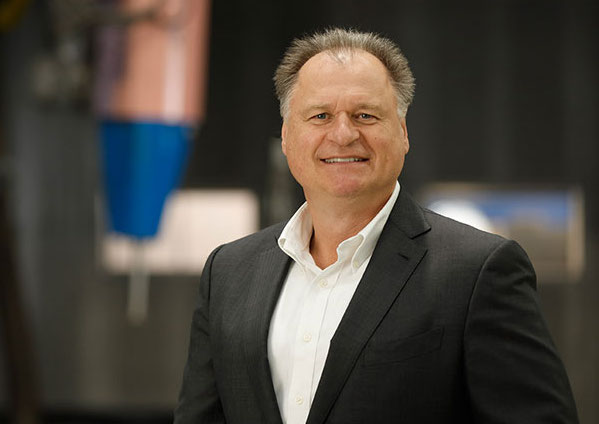 Titomic managing director Herbert Koeck. Photo via Titomic.
Titomic managing director Herbert Koeck. Photo via Titomic.
Metal AM strengthens defense capabilities
The use of metal 3D printing technology to support military operations is increasing. In fact, Titomic’s cold spray systems are not the first to be used in support of Ukraine’s ongoing war effort.
Last year, Australian metal 3D printer manufacturer SPEE3D announced that it had delivered seven of its WarpSPEE3D cold spray 3D printers to the country as part of the U.S. Department of Defense (DoD) Ukraine Security Assistance Initiative. Speaking to 3D Printing Industry, Calum Stewart, Director of Defense Programs at SPEE3D, explained that these 3D printers have been deployed close to the front lines to produce critical spare parts “of significance”.
The company also conducted a 15-day training program in Poland, where several Ukrainian employees were trained on-site to effectively use the 3D printer. According to Stewart, the overall goal of SPEE3D in Ukraine is to ensure that “more time and more equipment is used in combat.” This equipment is most often “parts with consequences” or parts that “prevent the operation of a platform and cannot be provided by the supply chain.”
Another company that has sent its metal 3D printers to Ukraine is Essentium, which has collaborated with KVG to deploy its high-speed extrusion (HSE) 3D printers at multiple locations in Ukraine.
As with SPEE3D, key training for the Ukrainian military was also conducted on site to ensure continued and reliable production of key components. According to the two companies, the 3D printers strengthen Ukraine’s defense capabilities and facilitate the rapid production of critical components where they are needed.
Elsewhere, it was announced earlier this year that additive manufacturing software company 1000 Kelvin had partnered with Norwegian Defense Research Institute (FFI) spin-off Fieldmade to enable the rapid deployment of 3D printers in combat zones.
This collaboration will integrate 1000 Kelvin’s AMAIZE platform into Fieldmade’s deployable additive manufacturing offerings. This includes the company’s NOMAD series of portable 3D printing modules. The combination of these systems will reportedly allow militaries to begin 3D printing as soon as the module arrives on site, allowing users to quickly adapt to operational needs.
What does the future of 3D printing look like?
What near-term 3D printing trends have been highlighted by industry experts?
Subscribe to the 3D Printing Industry newsletter to stay up to date with the latest 3D printing news. You can also follow us on Twitter, like our Facebook page and subscribe to the 3D Printing Industry YouTube channel to access more exclusive content.
Are you interested in working in the additive manufacturing industry? Visit 3D Printing Jobs to view a selection of available positions and boost your career.
The picture shown shows the 3D printer D523 Cold Spray from Titomic. Photo via Titomic.

